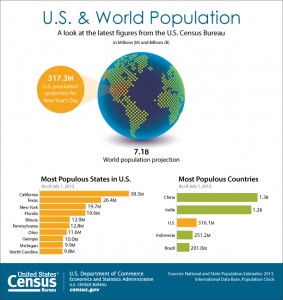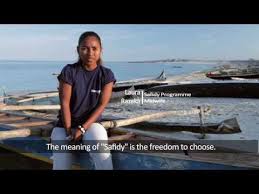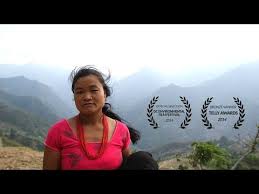The Fork in the Road: Which Way this World Population Day?
Jul 10th, 2014 | By admin | Category: Other ResourcesBy Suzanne York, www.howmany.org
As the world, or at least some of it, recognizes World Population Day on July 11th, it might be a good time to look around at some encouraging projects and initiatives empowering people and protecting the environment in communities across the globe.But first, some fast facts for a brief overview:
- There are over 7.2 billion people on the planet;
- The United Nation projects 8 to 10 billion people by 2050;
- Developed countries consume resources at a rate that is 32 times greater than developing countries;
- Today humanity uses the equivalent of 1.5 planets to provide the resources we use and absorb our waste;
- If everyone consumed like an American, we would need 5 planet Earths;
- 222 million women in developing countries want to delay or prevent childbearing, but lack the resources or access to family planning;
- If the unmet need for family planning was addressed, 3.7 billion tons of carbon pollution could be reduced annually.
According to the United Nations, if women’s need for family planning and health care was met globally, the effect on carbon emissions would equal all of the following: 1) eliminating deforestation; 2) replacing power from coal-fired plants with solar power; and 3) doubling the fuel economy of every car on the planet.
Enough with the statistics. It’s easy to get caught up in the numbers and lose sight of the bigger picture. Real solutions go beyond the numbers, and should remind us that we are dealing with real people.
Here are just a few examples of how the world might be able to stabilize population growth and improve lives and the environment:
Empowering Communities via the PHE Approach
Population, health and environment, or PHE, is a holistic approach that recognizes the interconnection between natural resource management, family planning/reproductive health, and sustainable livelihoods. PHE projects take place mainly in remote, rural areas, and are directed to overcome poverty, food insecurity, environmental degradation, unmet needs for family planning, and improve women’s rights.
Some of the most successful PHE initiatives are found in Ethiopia, Madagascar, and the Philippines. The organization Blue Ventures works in Madagascar and is having an impact with local communities, many of whom have lacked health facilities and are facing environmental degradation.
Earlier this year, Blue Ventures released a 10-minute film showcasing their success supporting conservation efforts and improving reproductive health in Madagascar:
Nepal is also beginning to have success with the PHE approach. The country has long suffered from extreme deforestation, which has pushed many rural Nepalese onto marginal lands. Rapid population growth is compounding the problem.
Watch the video below by the Wilson Center and learn how local villagers combined environmental conservation with providing family planning and reproductive health services to create healthier and more sustainable communities:
Education on Family Planning and the Impact of Soap Operas
Population Media Center (PMC) works in the U.S. and abroad to bring radio and television serials to communities. The organization’s mission is “to improve the health and well-being of people around the world through the use of entertainment-education strategies.” Through this medium, characters are depicted in self-empowering roles – often women – most of who are models of positive behavior change.
One of PMC’s latest successes is targeted at an American youth audience. Nearly half the pregnancies in this country are unplanned. PMC launched East Los High to address the high rate of teen pregnancy among Latinas in the U.S. Read this article in the Los Angeles Times on the show’s success.
The Promise of Technology
With the advent of smart phone technology, it only makes sense that it be used to reach people on a range of issues, especially issues of health. There are an increasing number of groups using mobile phone technology to address family planning and other health needs. It is often referred to as mHealth and has been shown to be a successful way to reach today’s youth.
The U.S. Agency for International Development states that “mHealth approaches may hold the potential to strengthen family planning programming, including reaching underserved populations and addressing critical health-systems issues in areas such as human resources, health management information systems, and financing.”
Read a short blog from the Gates Foundation on the success of mobile technology in Kenya.
Global Priorities
In short, though world population is still rising, if governments, businesses and society prioritize investing in empowering people, we can strive for a healthy and sustainable population level. There are many challenges, but there are many solutions, many of which, as shown above, are good for both families and the planet.
Suzanne York is a senior writer with the Institute for Population Studies.




